Needlestick Safety
Needlestick injuries ARE PREVENTABLE. Adoption of safer devices, clinical processes and encouraged injury reporting are all critical needs for US healthcare today.
Together. Reducing Needlestick Injuries 
In 2015 EXPO-STOP, the largest sharps exposure survey in the United States, conducted research on 182 hospitals from 38 states. The results showed:
- Approximately 1,000 healthcare workers sustain a sharps injury DAILY
- 40% of reported sharps injuries were sustained by nurses, 35% doctors; and 2-4% were environmental services staff
- Of EVS staff, the two main causes were (I) handling sharps containers (ii) improper disposal of sharps
- Surgical sharps injuries represented 38% of all sharps injuries reported
Serving healthcare for over 30 years, we are very cognizant that an issue as big as this is not solved by putting forward a single remedy in isolation. A sharps container, no matter how safe, cannot eliminate the issue of needlestick injuries single handedly; albeit vital, it is a single piece of a much bigger strategy. Industry reporting of NI, sharps container placement, staff training, SED use and other preventative strategies all form part of the collective need of safeguarding healthcare workers from sharps injuries.
“My injury didn’t occur because I was careless or distracted or not paying attention to what I was doing. This injury and the life-threatening consequences I am now suffering should not have happened.”
– Karen Daley – former president of the American Nurses Association
Karen Daley’s story is sadly not a “needle in a haystack” occurance; her story is felt by healthcare practitioners around the globe. Eliminating sharps injuries relies on many factors – safer devices, safer sharps containers, leadership focus and safety process adoption. However overall, as an industry and as a group of people committed to improving safety for healthcare workers, it requires a collaborative effort ensure that everyone; healthcare practitioners, EVS staff and patients, get home safely at the end of the day. To support our healthcare partners in the execution of their needlestick injury aversion strategies, we have put together this library of resources to help support in driving much needed awareness and training around the safe handling of sharps.
The Human Cost
There is no “convenient time” for a sharps injury to occur and, especially within the OR, many practitioners report a certain stigmatism against reporting a stick.
“My injury didn’t occur because I was careless or distracted or not paying attention to what I was doing. This injury and the life-threatening consequences I am now suffering should not have happened. And worst of all, this injury would not have happened if a safer sharps container had been in place in my work setting.”
Karen Daley – former president of the American Nurses Association
Exposure Awareness
After interviewing clinicians from “Exposure Aware” hospitals, researchers established four common themes found in successfully limiting exposures:
-

EDUCATION AND TRAINING
Orientations, annual refreshers, modules, coaching
-

COMMUNICATION
Campaigns, talking to Administration, daily huddle
-

INVESTIGATION
Counseling on how/why incidents happen, detailed description of use, staff meetings, prevention strategies
-

ENGAGEMENT
Monthly reports, commitment to rules, manager participation, leadership accountability
How to Prevent Sharps Injuries
Ensure you are trained in the procedure and the device.

Always use a sharps safety device where available.
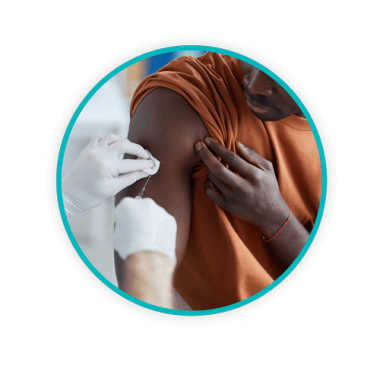
Before procedure, ensure a sharps container is close by, and the aperture is open and clear.
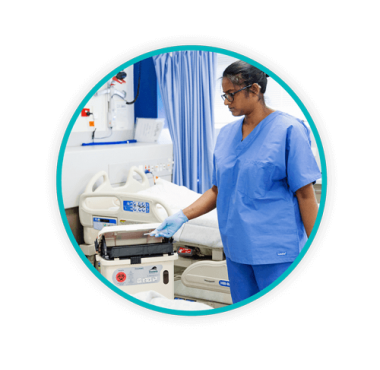
Immediately after use, activate the safety device and discard into a sharps container.
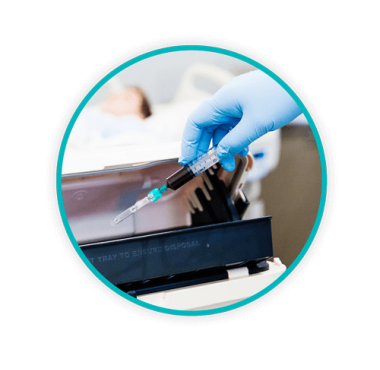
If you drop a sharp, never leave it for someone else to pick-up.

Ensure a sharps container is closed before you move it.
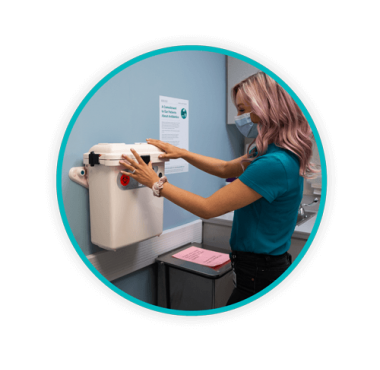
Never overfill a sharps container. Never.

Research + Educational Resources
-
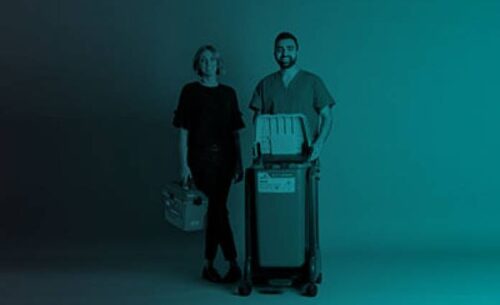
Research Article : Exposure Injury Reduction Strategies
This peer-reviewed study interviews clinicians to identify what measures are successful in reducing exposure to body fluid. Preventing the risk of BBP exposure.
Read more -
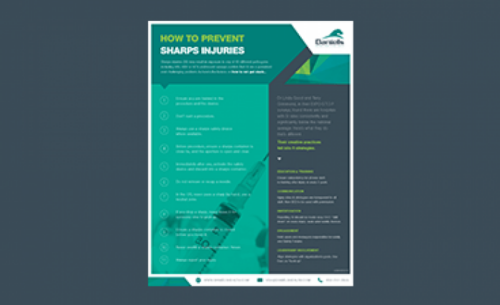
Educational Poster : Preventing Sharps Injuries
This educational poster serves as a guide on how to prevent sharps injuries.
Download Resource -
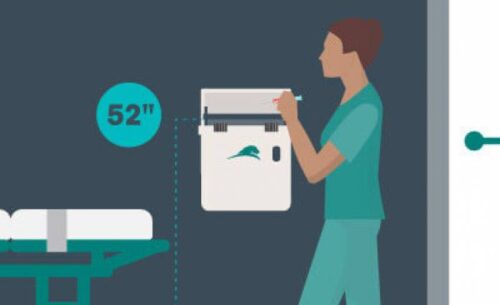
Blog : Safest Height for Wall Mounting Sharps Containers
Learn more about the NIOSH guidelines for the safe mounting height sharps containers
Read More -

Research Article : Use and Activation of SEDs
Many clinicians use Safety Engineered Devices – but are they always activated properly?
Read more -

Educational Poster : Sharps Post Injury Protocol
A guide on how to determine the severity of a sharps injury and what to do if a sharps injury occurs.
Download Resource -
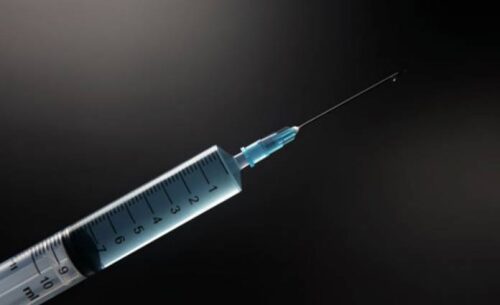
Blog : Strategies to Reverse Needlestick Injury Trend
There is an increased need for improved safety standards and awareness of the risks associated with BBFE incidences.
Read more -
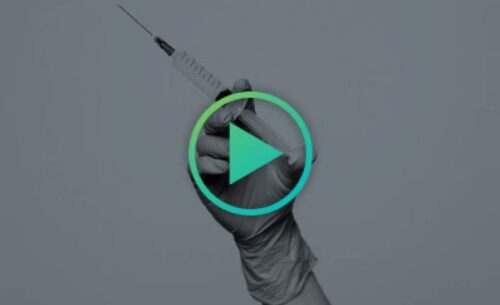
Video: How to Prevent Needlestick Injuries | 6 Clinical Tips
Needlestick injuries may result in exposure to any of 60 different pathogens including HIV, HBV or HCV. Recent surveys confirm that needlestick injuries are a persistent and challenging problem.
Watch Video
Sharps Containers. Role in Injury Reduction
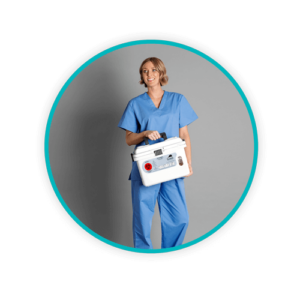 Daniels Sharpsmart, the world’s leading sharps disposal safety system, was the result of 5 years of R&D, clinical research, and the passion of our founder, Dan Daniels, to eliminate needlestick injuries.
Daniels Sharpsmart, the world’s leading sharps disposal safety system, was the result of 5 years of R&D, clinical research, and the passion of our founder, Dan Daniels, to eliminate needlestick injuries.
There is no sharps container in the United States today that rivals the Sharpsmart’s safety features, its clinical peer reviewed studies that prove needlestick injury reduction across years of research, or its global before-and-after safety and sustainability results. For 20 years, the Daniels Sharpsmart container has led the industry.
“By converting to a Daniels Sharpsmart Container, Container Related Needlestick Injuries were reduced by 86.6%”
Peer Reviewed Study published in the American Journal of Infection Control
Essentials for selecting a Safe Sharps Container
-

PRE-ASSEMBLED
Sharps containers should arrive pre-assembled, eliminating manual labor and sharps injury risk from incorrectly assembled containers.
-
POINT OF CARE USE
Sharps containers should be placed as close as possible to the point of sharps generation, with interchangeable mounting and movement capability
-

RESTRICTED ACCESS
A sharps container should be engineered with hand-restrictive access that prevents access to the disposed sharps.
-
OVERFILL PROTECTION
Overfill protection is a critical safety feature of a sharps container; a design that restricts the ability to dispose of sharps beyond the containers’ safe fill level.
-
INBUILT SECURITY LOCKS
Once secured, a sharps container should not be able to be forced open. Permanent locks should secure sharps from tampering and misuse.
-
PG2 CERTIFIED
Sharps containers should be certified to United Nations PG2 specifications for Transport of Dangerous Goods; securing sharps containers in transit.
-
REUSABILITY
Reusable sharps containers divert 33% of plastic from the sharps waste stream and have a significant impact on manufacturing, transport and supply chain emissions.
-
QUALITY CONTROL
To eliminate bacterial growth, reusable sharps containers should undergo a multi-step robotic sanitization process, and rigorous quality control inspection.
Eliminate Container-Associated Sharps Injuries
One of the easiest preventative strategies for sharps exposures is selecting a sharps container with inbuilt safety features.
The Sharpsmart leads the industry in Safety.
The only sharps container in the world ISO 23907 certified and classified as a Safety-Engineered-Device, the Sharpsmart is designed with:
- Inbuilt tamperproof locking mechanisms
- Hands-free use, no cross-contamination
- Gravity-Activated tray for finer needles
- Inbuilt Overfill protection
- Hand-Restrictive Access
Daniels Sharpsmart Containers
-
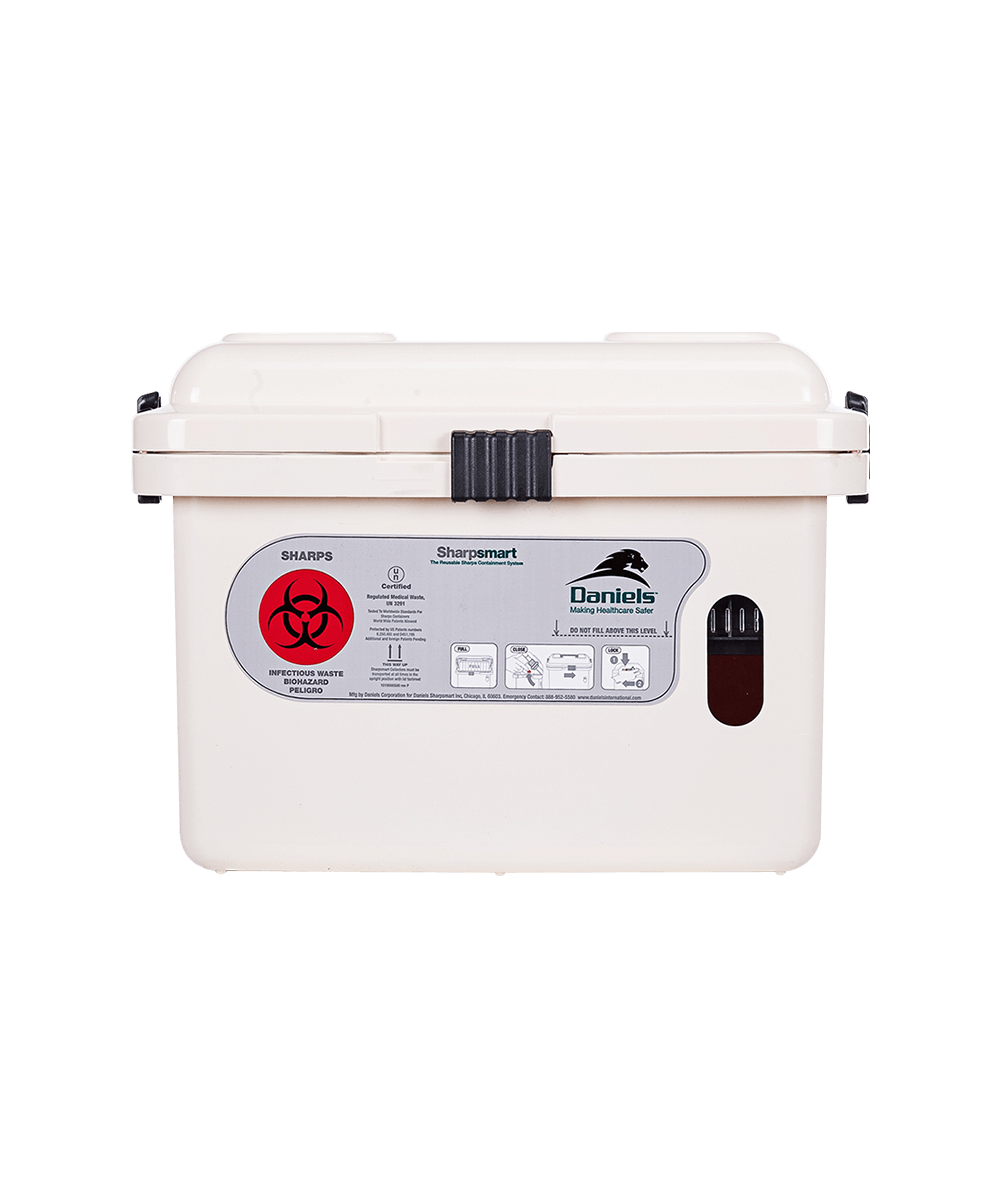
S14 | Sharpsmart Reusable Sharps Container
3.7-Gallon sharps container with a counterweighted safety tray and ‘no-hands’ access; ideal for patient room use.
Details -
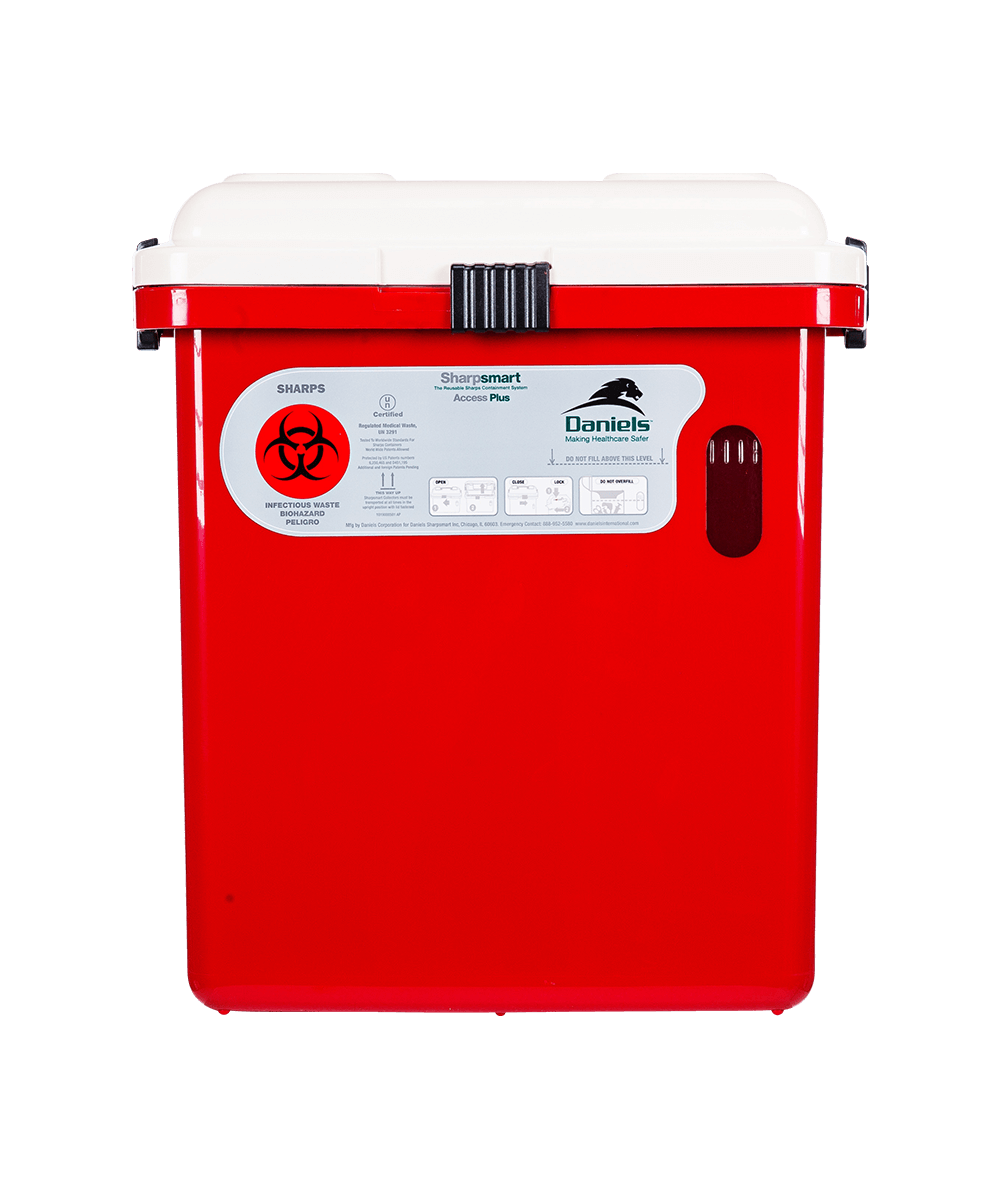
S22A+ | Sharpsmart Access Plus Reusable Sharps Container
5.8-Gallon sharps container. Designed without a tray for full access in secure areas.
Details -

P32 | Pharmasmart Reusable Pharmaceutical Waste Container
8.5Gallon pharmaceutical waste container with a counterweighted safety tray; ideal for major use in pharmacies, medication rooms, and wards.
Details -
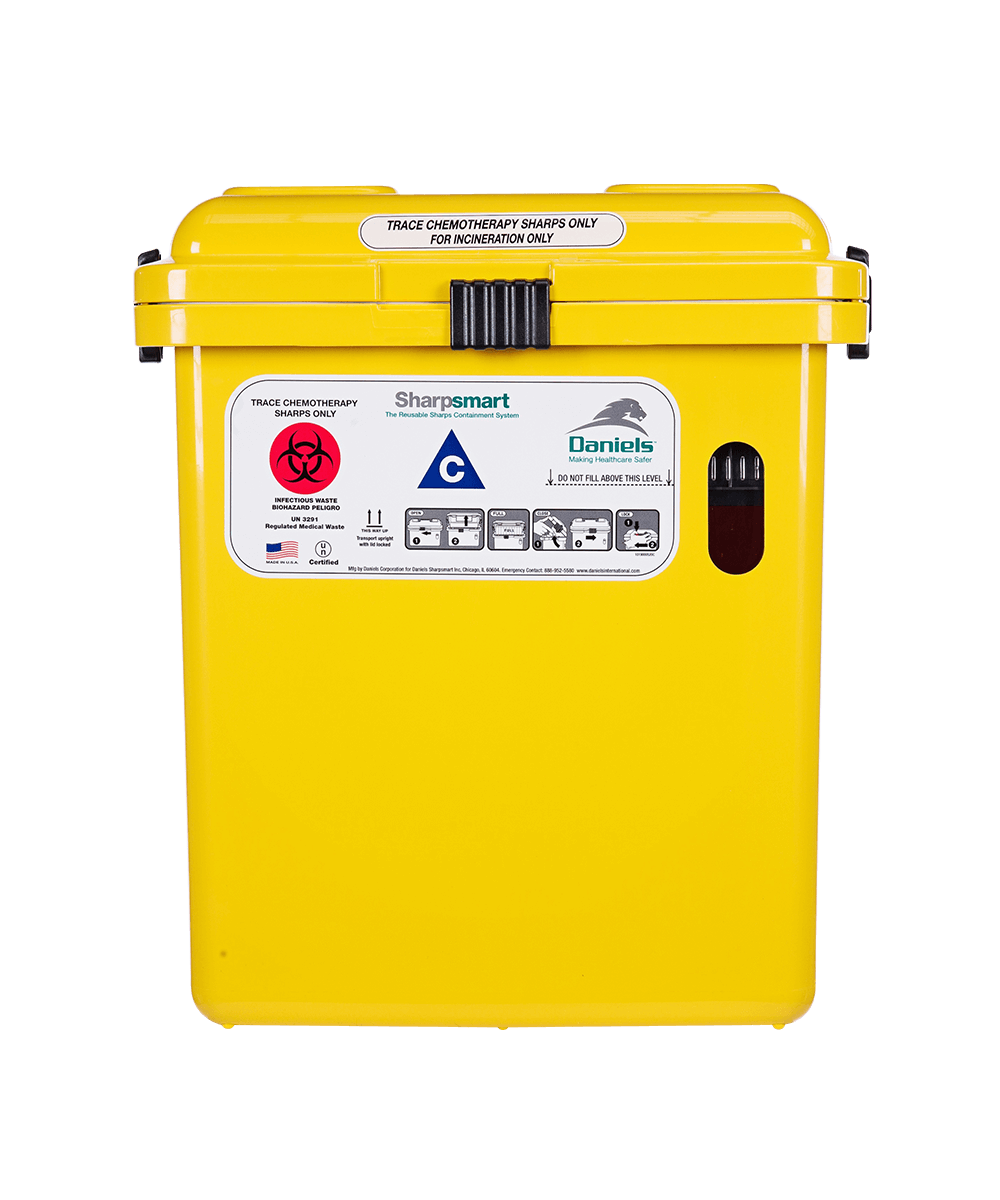
CT22 | Chemosmart Reusable Chemotherapy Waste Container
5.8 Gallon chemotherapy sharps container fitted with a gravity-balanced safety tray and no-hands access.
Details -
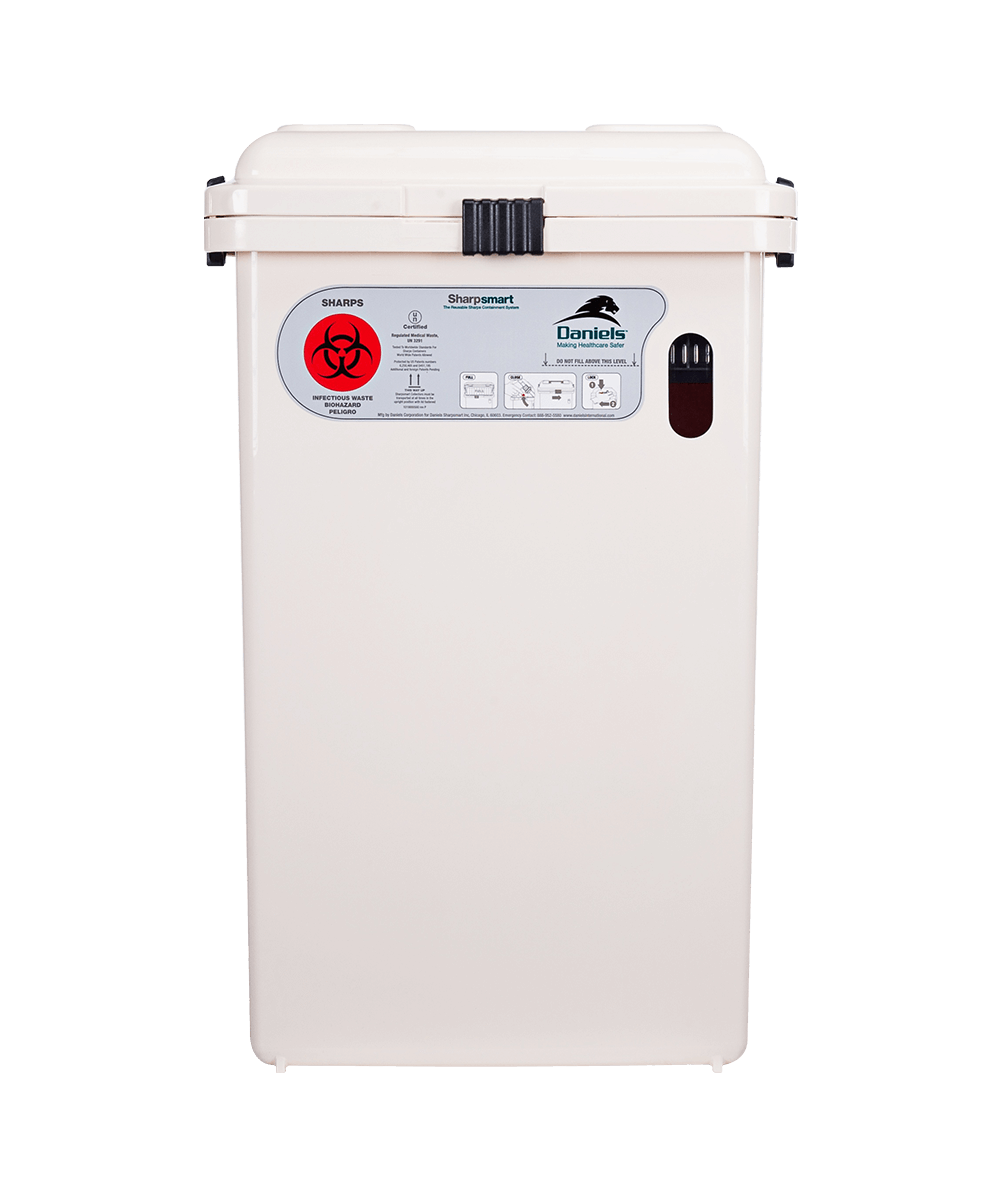
S32 | Sharpsmart Reusable Sharps Container
8.5-Gallon reusable sharps container with an inbuilt counterweighted safety tray
Details -
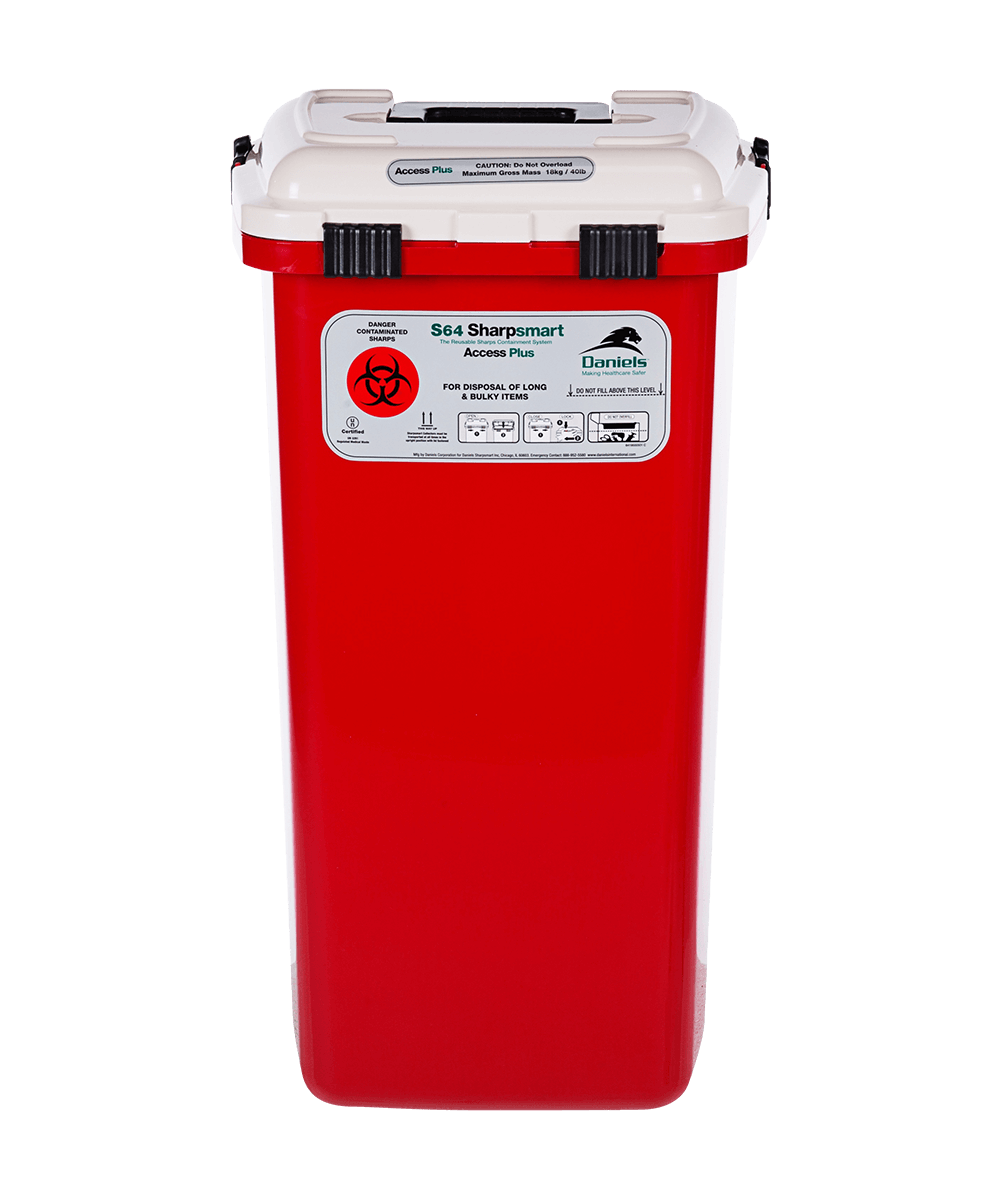
S64 | Sharpsmart Reusable Sharps Container
16.9-Gallon sharps container ideally suited to facilities that generate high volumes of sharps.
Details
Schedule a Demo
We would love to show you how our Sharpsmart system works. Call now to schedule an in-person or virtual demo.
Downloadable Resources
-

Mary Ogg
Double-gloving, just one of the strategies to reduce needlestick injuries. Learn more about administrative and work practice controls from Mary’s presentation.
Download Slides -
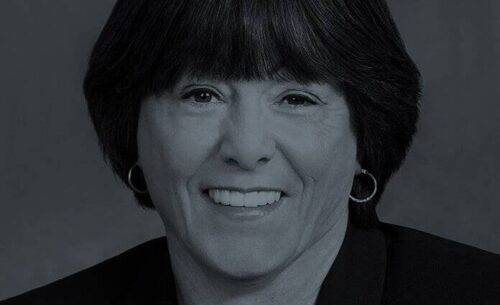
Karen Daley
Beyond the statistics, listen to the voices of healthcare practitioners who have suffered needlestick injuries and understand why complacency is simply not an option.
Download Slides -

Terry Grimmond
Spoiler alert: Sharps injury rates are not declining at the rate that they should be. Learn more about industry trends through Microbiologist Terry Grimmond.
Download Slides
Our Takeaways…
1. KAREN DALEY
Who is caring for the carers? Vicarious trauma is very real, we need stronger strategies in place to support healthcare workers that have been inflicted with a needlestick injury and remove the stigma of individual blame.
2. TERRY GRIMMOND
It is an OSHA standard that healthcare facilities evaluate every year whether there are safer devices in the market: sharps injuries are attributed to many factors, but one of the clear preventable strategies is the implementation of safer sharps containers and safety engineered devices.
3. MARY OGG
Product evaluation and selection must be a process shared by clinical staff if it’s going to gain strong widespread adoption. Once implemented, availability of less safe alternatives must be eliminated from the hospital environment.
Let’s Talk!
Your time is valuable, and we don’t want to play hard to get. You can either phone us directly on the details listed on our contact page, or feel free to fill out this short form and one of our team members will get back to you as quickly as possible.